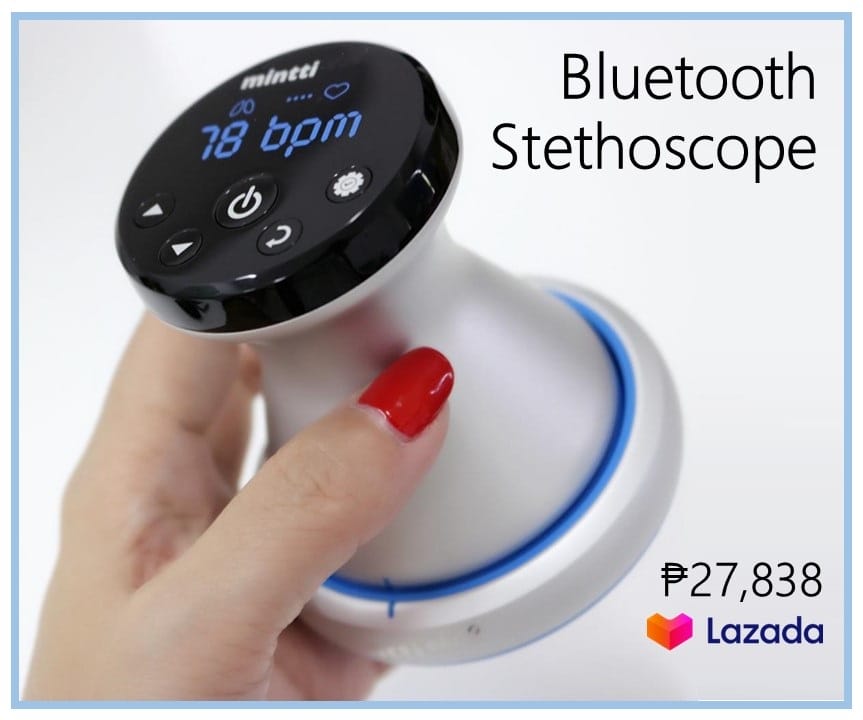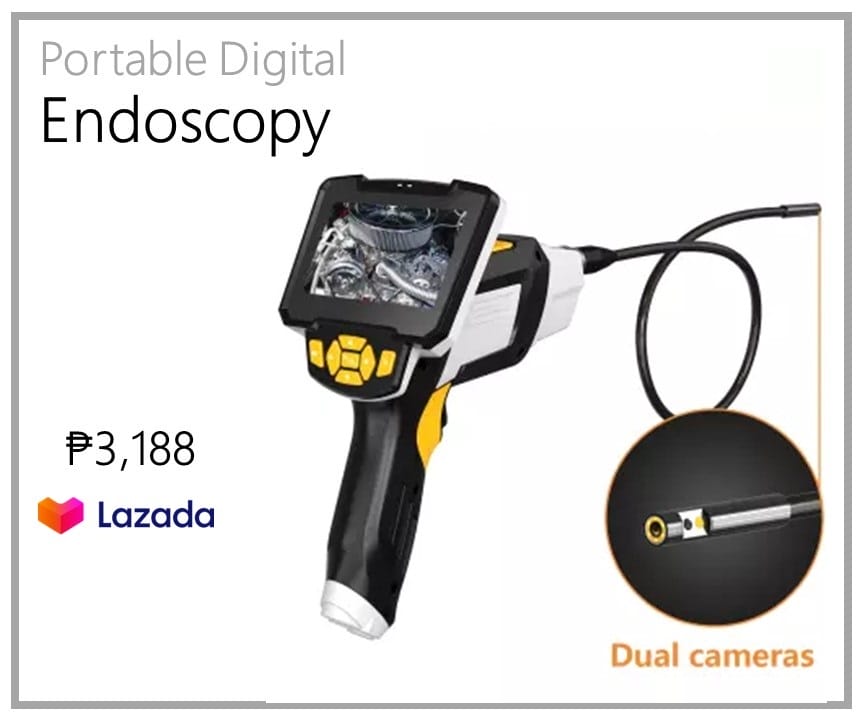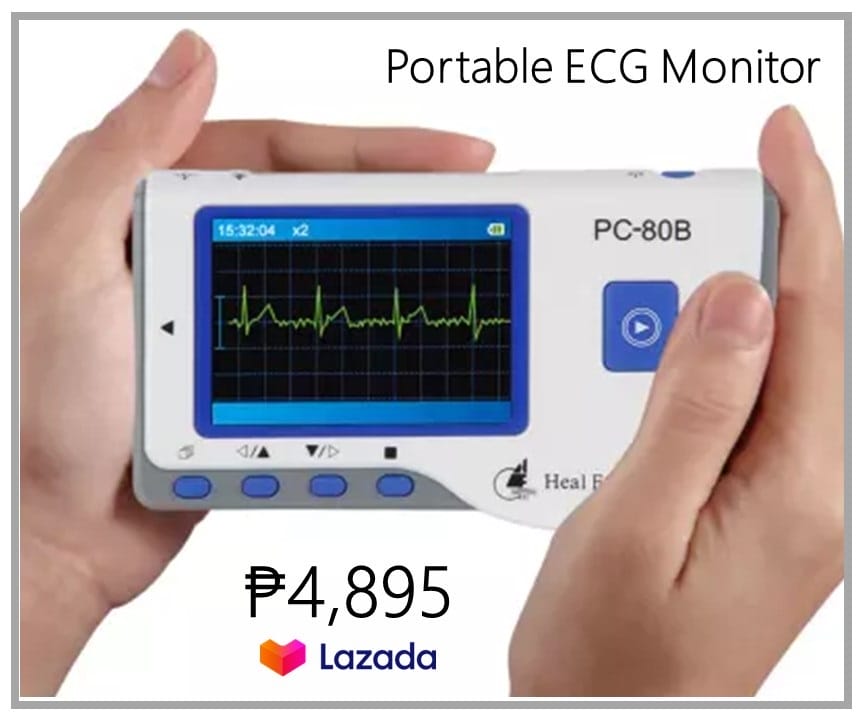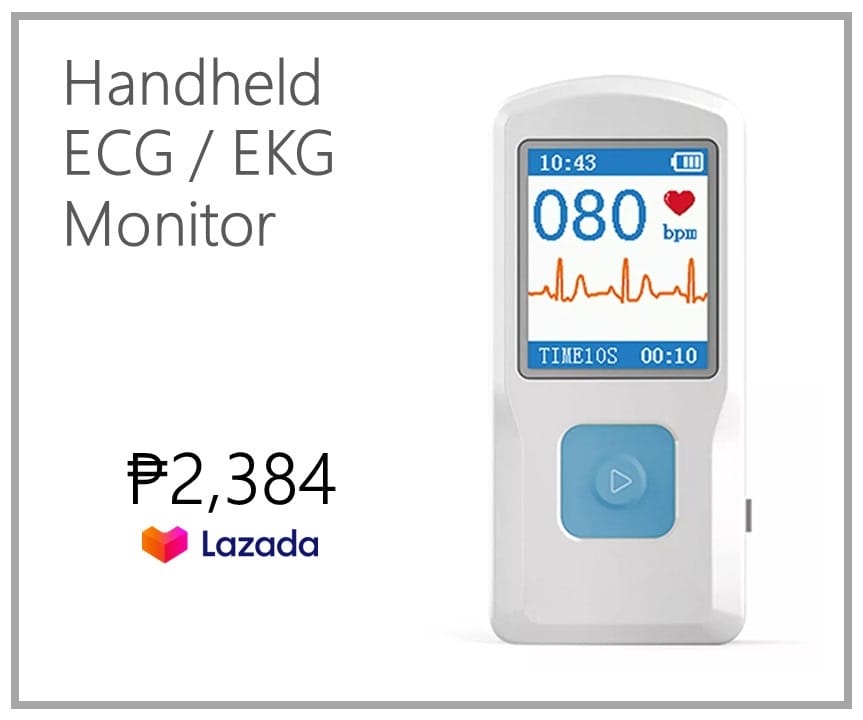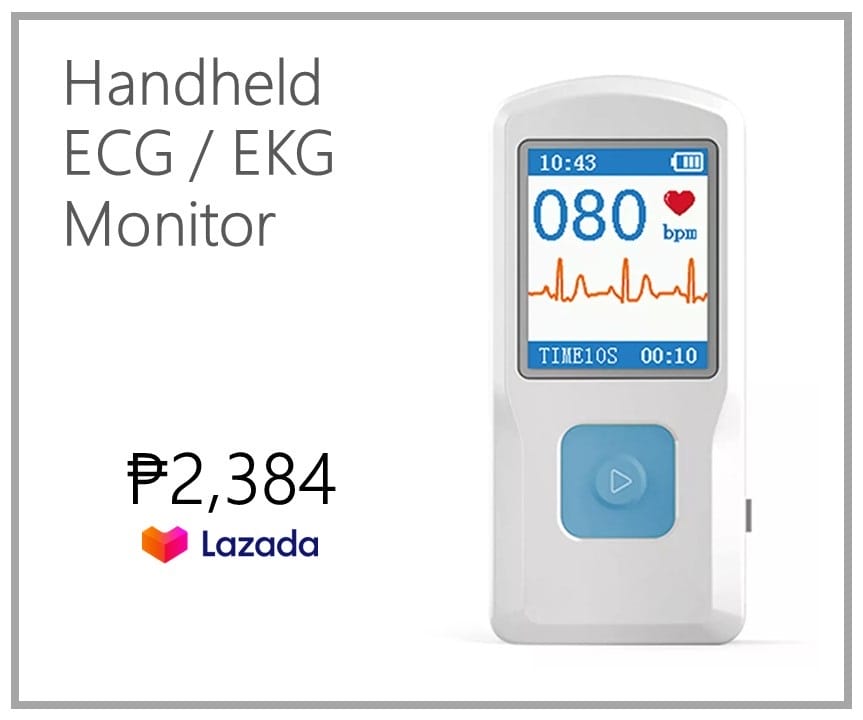Table of Contents
The medical hospital trends include digital marketing, business processes innovation, technologies this year, digital marketing, business processes innovation, and technologies.
The number of people who receive hospital care is on the rise and is projected to grow in the coming years.
The demand for medical services is expected to increase as the population ages, and more people adopt healthier lifestyles.
This growth is expected to create opportunities for hospitals and healthcare providers.
In 2022, hospitals will face new challenges and opportunities as they continue to adapt to changes in the healthcare industry.

Here are the Top 19 Medical Hospital Trends in 2022
We have subdivided the medical trends into three categories: Digital Marketing, Business Processing, and Technology.
MARKETING
- Health-related video content
- Live streaming
- The Consumerization of Healthcare
- Social Media
- Blogs
BUSINESS PROCESSING
- Developing a Holistic Access Strategy
- Staffing Issues in Hospitals
- Nursing from the Philippines
TECHNOLOGY
- Telemedicine
- Cybersecurity
- Internet of Medical Things
- The Internet of Bodies (IoB)
- Wearables
- Healthcare Data Interoperability
- Virtual Reality (VR) and Augmented Reality (AR)
- Big Data and Predictive Analytics
- Mobile Apps
- Automated Billing and Claims Processing
- Artificial Intelligence
MARKETING – Medical Hospital Trends
Health-related video content by medical hospitals
In recent years, health-related video content by medical hospitals has exploded in popularity.
Hospitals create informative and entertaining videos to engage potential patients and educate the public about health and wellness.
Videos can cover a wide range of topics, from standard medical procedures to healthy recipes.
One of the most popular hospital videos is the “patient story.” These videos feature real people who have undergone medical treatment at the hospital.
Live streaming
Hospitals are now using live streaming to provide care for patients who cannot come in for an appointment.
Patients can see a doctor from the comfort of their own homes with the help of live streaming technology.
This technology is also being used to provide training for medical professionals.
By using live streaming, hospitals can improve the quality of care they provide to patients.
do so by researching their options online and
The Consumerization of Healthcare
As the baby boomer population ages, the demand for quality healthcare services increases.
At the same time, advances in technology make it possible for medical hospitals to provide those services more efficiently and at a lower cost.
That has led to a trend known as the consumerization of healthcare, in which consumers are taking more control of their own healthcare decisions.
They do so by researching their options online and receiving care from medical hospitals that offer more personalized service.
Social Media
Medical hospitals are quickly adapting to the use of social media.
It is used to communicate with patients and as a means of providing information about the hospital.
Social media can also provide updates on patients and allow patients to ask questions.
Additionally, social media can provide information about diseases and treatments.
Blogs
Medical hospitals are increasingly using blogs to communicate with patients and the public.
A medical blog typically consists of articles or posts written by more people and published online.
They can be used to share information about a hospital, such as new services or treatments, or provide updates on a patient’s condition.
Hospitals often use blogs to connect with their patients and answer their questions.
BUSINESS PROCESSING – Medical Hospital Trends
Developing a Holistic Access Strategy
Medical hospitals are looking for ways to improve patient care and reduce the cost of care.
Developing a holistic access strategy is one way to achieve these goals.
A holistic access strategy involves using technology to improve patient care and data to identify areas where costs can be reduced.
Medical hospitals can improve patient care by using technology, identifying patients at risk for hospitalization, and providing patients with information about their health.
Staffing Issues in Hospitals
Hospitals around the country are struggling to staff their facilities adequately. The nursing shortage has been well documented, but another hospital staff is also in short supply.
This has led to increased workloads and burnout for hospital staff. The situation is made worse because many hospital staff is nearing retirement age.
Hospitals are looking for ways to attract new staff and retain the current workforce.
Nurses from the Philippines
As the world’s population grows, the need for nurses also increases.
To meet this demand, many hospitals look to nurses from the Philippines to supply their staffing needs.
The Philippines has a long history of producing quality nurses, and its nurses are in high demand worldwide. Hospitals in the United States, Europe, and Australia are increasingly looking to the Philippines to fill their nurse vacancies.
TECHNOLOGY – Medical Hospital Trends
Telemedicine
Medical hospitals are using telemedicine to provide better patient care. Telemedicine uses technology to provide clinical health care from a distance.
This technology allows doctors and patients to connect and communicate through video conferencing, email, or telephone.
Doctors can use telemedicine to examine patients, diagnose illnesses, and prescribe medication.
Patients can also use telemedicine to receive treatment for chronic conditions like diabetes and heart disease.
Cybersecurity
A recent study showed that nearly half of all medical hospitals had been hacked in the past year, and most of those hospitals had patient data stolen.
This is a startling statistic, as it means that many people’s personal health information is at risk.
Cybersecurity is a critical issue for medical hospitals, and they need to take steps to protect their patients’ data.
One way to do this is by implementing strong security measures, such as firewalls and antivirus software.
Internet of Medical Things
The term “Internet of Medical Things” (IoMT) is used to describe the growing number of medical devices and sensors connected to the internet.
These devices can be used to collect data about a patient’s health, which can then be used to improve diagnosis and treatment.
IoMT can revolutionize healthcare by making it easier for patients to access care and allowing doctors to monitor patient’s health more quickly.
The Internet of Bodies (IoB)
The Internet of Bodies (IoB) is a term used to describe the networking of medical devices and hospital systems.
The IoB can improve patient care by allowing data sharing between devices and systems.
For example, if a patient’s heart rate begins to spike, the IoB would allow the hospital staff to quickly identify which device is causing the problem and take corrective action.
Wearable Technology is One of the Favorite Medical Hospital Trends of Patients
Wearables are becoming more common in hospitals as they are seen as a valuable tool to improve patient care.
There are many different wearables used in hospitals, from fitness trackers to smartwatches.
The use of wearable technologies in hospitals is beneficial in several ways, including improving patient satisfaction, reducing staff workload, and helping to prevent hospital-acquired infections.
Healthcare Data Interoperability
Sharing data between different healthcare providers is essential for providing quality care.
Data interoperability allows different providers to access a patient’s information, which can help improve care coordination and patient outcomes.
A recent study found that data interoperability can help reduce the cost of healthcare by up to $30 billion annually. This is why healthcare data interoperability is one of the most promising medical hospital trends for doctors and healthcare management.
Improving data interoperability will require standardizing how data is shared and used.
Virtual Reality (VR) and Augmented Reality (AR)
Virtual Reality and Augmented Reality technologies are being used more frequently in medical hospitals across the globe. This is also the favorite medical hospital trend in the past five years.
VR and AR offer patients new, immersive experiences that distract them from their pain, anxiety, or fear. VR and AR can also improve surgical procedures and medical training.
VR and AR in medical hospitals are still in their early stages, but the potential benefits are clear.
Big Data and Predictive Analytics
The modern medical hospital is a data-driven enterprise. One of the latest medical hospital trends is applying big data and predictive analytics in healthcare facilities.
The ever-growing mountain of data collected by hospitals—from insurance claims to electronic health records (EHRs) to advances in genomic sequencing—presents an unprecedented opportunity for predictive analytics.
Predictive analytics is the process of using data mining and machine learning techniques to identify patterns in data and anticipate future events.
Mobile Apps is One of the Most Famous Medical Hospital Trends
Medical hospitals are increasingly using mobile apps to improve the patient experience. Mobile apps allow patients to view their medical records, make appointments, and communicate with doctors.
Hospitals can also use mobile apps to collect patients’ health conditions.
This data can be used to improve patient care. Mobile apps can also help hospitals save money by tracking all top medical supplies and staff schedules.
Automated Billing and Claims Processing
Medical billing and claims processing is a vital part of the healthcare industry.
Automated billing and claims processing systems are among the latest medical hospital trends. They have revolutionized how medical facilities operate by speeding up the process, reducing human error, and improving accuracy.
However, many medical facilities are still using outdated billing and claims processing methods that can be time-consuming and labor-intensive.
A more efficient and automated system can save time and money for both the hospital and the patient.
AI is one of the Favorite Medical Hospital Trends.
Artificial intelligence (AI) has already proved a valuable asset in various industries. Its potential for medical hospitals has only begun to be tapped.
The benefits that artificial intelligence can bring to medical hospitals are endless. This is why one of the most promising medical hospital trends is the use of AI.
First, artificial intelligence can help hospitals become more efficient and accurate diagnoses. Second, it can help doctors diagnose diseases earlier and sometimes even before they show any symptoms.
Conclusion: Medical Hospital Trends
In conclusion, many medical hospital trends are taking place in the health care and wellness industry.
Businesses are innovating their business processes to speed up the ease of transactions. The use of digital marketing can reach out to new patients and utilize technology to improve their processes’ efficiency.
Hospitals need to stay up-to-date with these changes to remain competitive and provide the best possible care to their patients.


